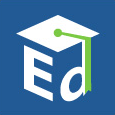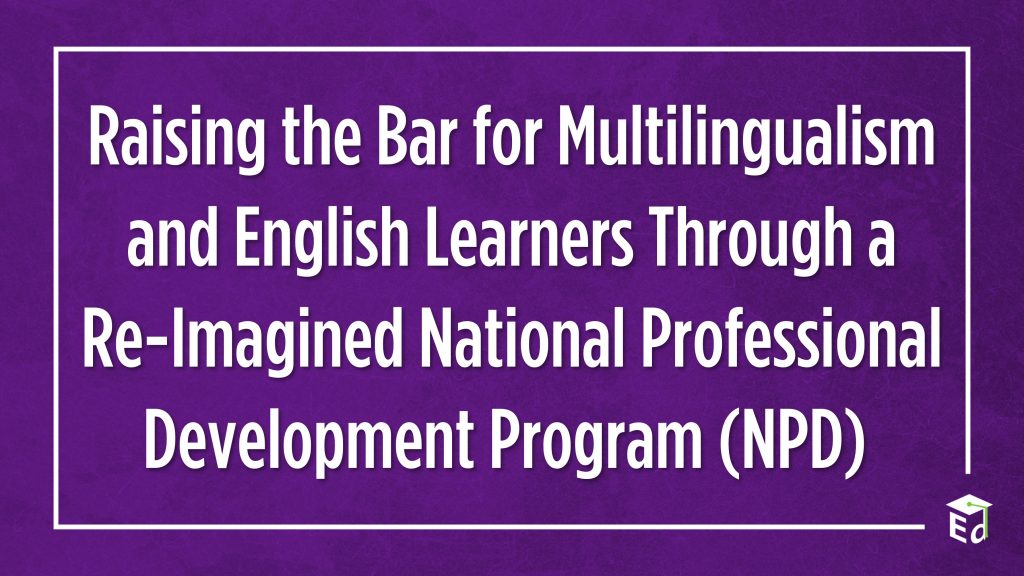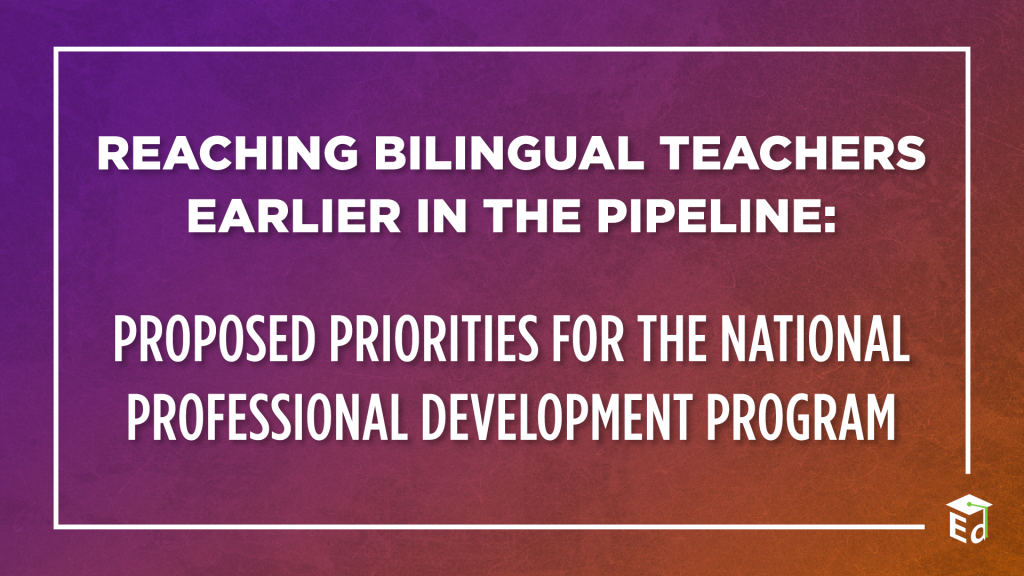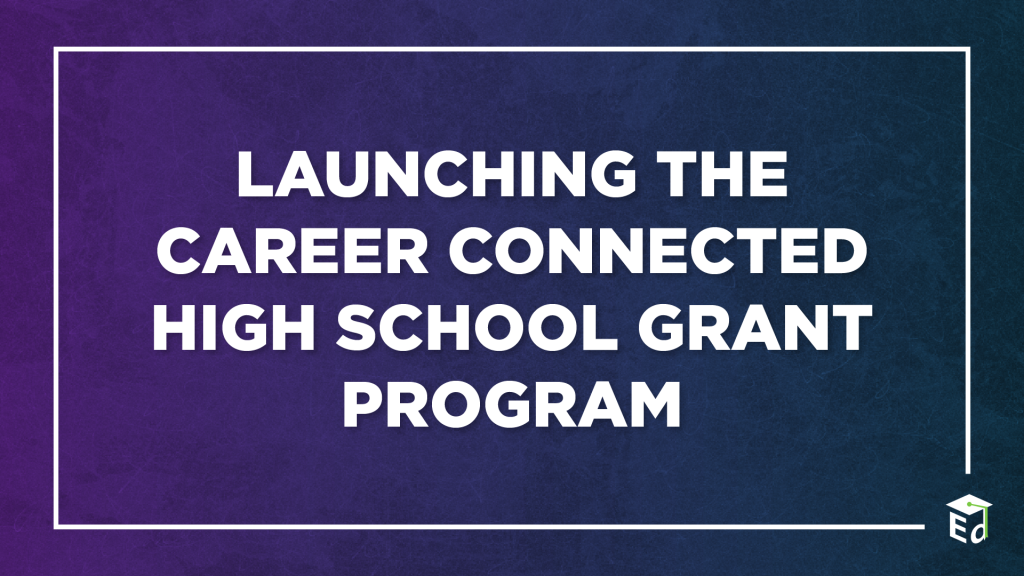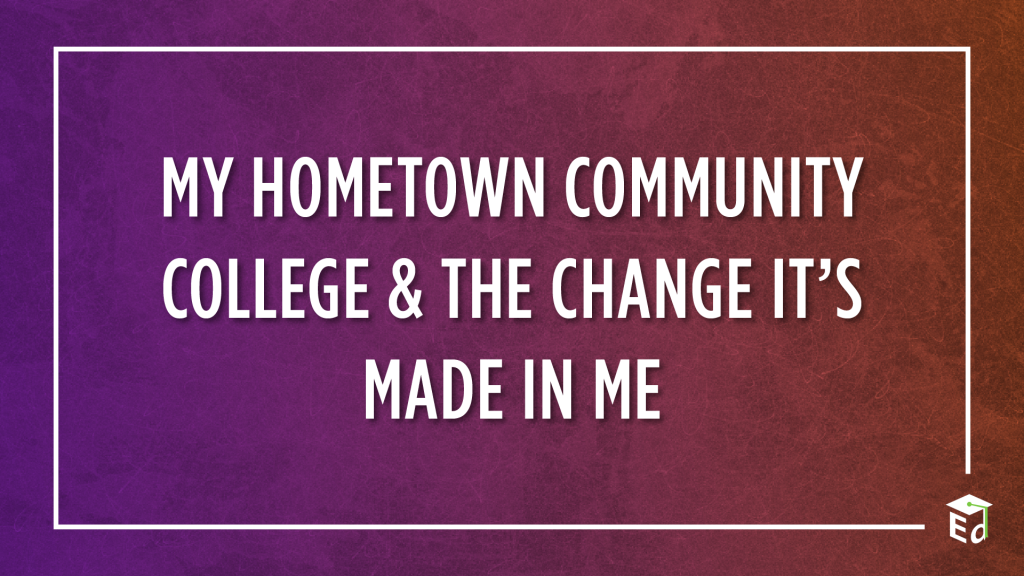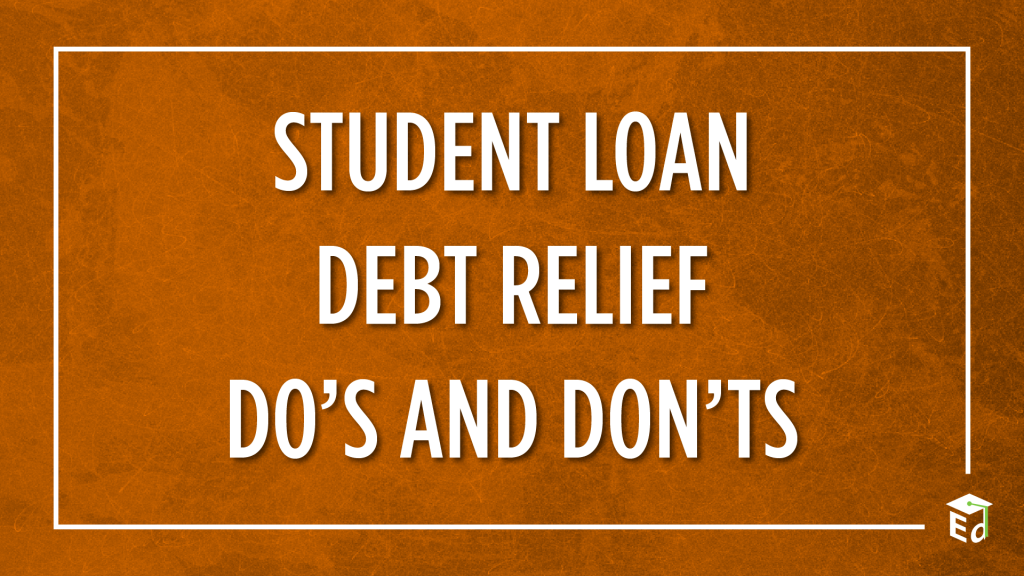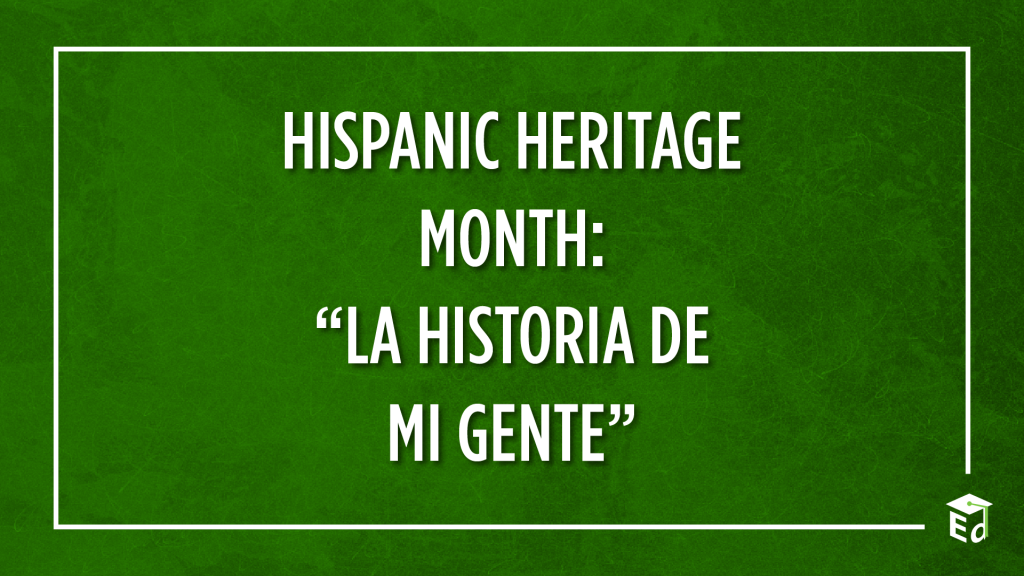This is crossposted from the U.S. Department of Education’s blog, Homeroom.
It’s FAFSA Week of Action (April 15-19) and to kick off the effort the U.S. Department of Education is thrilled to announce the launch our #FAFSAFastBreak campaign, a national effort to drive FAFSA submissions among high school seniors and returning college students. Everyone has an important role to play!
We have already received nearly 200 #FAFSAFastBreak commitments from high school counselors, principals, superintendents, after-school programs, parent groups, non-profit organizations, and other local and state education organizations that have pledged to share information and host a variety of virtual and in-person events.
Hosting or attending a #FAFSAFastBreak submission event is a great way to encourage students and families to take advantage of the historic financial benefits afforded by the Better FAFSA. For example, the new and improved Better FAFSA form can unlock up to $7,395 in federal aid that a student does not need to repay to help cover the cost of college. What’s more, the Better FAFSA ensures 665,000 more students will receive Federal Pell Grants to pay for college, and more than 1.7 million more students will receive the maximum Pell Grant!
Throughout the FAFSA Week of Action, over 85 in-person events will take place across the country ranging from FAFSA clinics to FAFSA spirit weeks in local high schools. For example:
- Arizona Governor Katie Hobbs issued a statewide FAFSA proclamation, sent a FAFSA letter to AZ school leaders, school counselors and community partners, and encouraged the launch of a statewide Finish Line to FAFSA campaign website to encourage completion events, which includes a regularly updated calendar highlighting all FAFSA events in the state!
- Bridges 2 Life and Broward County Public Schools in Broward County, Florida are planning a FAFSA outreach campaign to reach over 30,000 parents via email, text, and Instagram; hosting bilingual FAFSA bootcamps, and offering $20 gift cards for seniors who complete their FAFSA.
- JP McCaskey High School in Lancaster, PA is hosting individual appointments for families throughout the school day all week in both of their high school buildings, before coming together in a central location in the afternoon and evening to offer more appointments with the support of some of their local higher education and community partners. Their goal is always to try to meet families when they are available, and so they will have appointments as early as 8am and as late as 7:30pm, with light refreshments available throughout.
- Jackson City School in Jackson, Kentucky set a goal of 100% FAFSA submissions by April 19, is creating videos that highlight the importance of FAFSA, is supporting student leadership in promoting financial aid awareness throughout the community and is hosting a FAFSA Spirit Week with daily activities to engage students.
- The Los Angeles Unified School District is hosting regional FAFSA completion workshops each day during the Week of Action, in-school and after-school completion sessions for students and parents and is calling and texting students and parents directly to explain the importance of and steps to submitting the FAFSA.
- The Missouri Department of Higher Education & Workforce Development plans to launch a Week of Action social media campaign to build upon their ongoing efforts to drive FAFSA submissions, which include regularly holding a “FAFSA Frenzy” completion effort throughout the state, pushing the importance of completing the FAFSA through social media and websites, and plans to supply graduation stoles to seniors who complete their FAFSA. Governor Mike Parson also put out PSA radio ad and sent a letter to high school seniors.
Are you holding a submission event during the FAFSA Week of Action? Check out amplification ideas here, example social media messages here, and be sure to share your efforts and success stories using #FAFSAFastBreak on social media!
Tracking FAFSA Data
Want to keep track on how your state, district or high school is doing in terms of FAFSA submissions? Check out your state rankings here (updated weekly) and look up submission data filtered by district or high school at the Federal Student Aid website here.
FAFSA Snapshot
Now is the time for high school seniors and returning college students to submit their 2024-25 Free Application for Federal Student Aid (FAFSA®) form, an application that students and families need to complete to apply for federal student aid, such as federal grants, work-study funds, and loans. Students can complete the FAFSA form here.
Additional FAFSA Resources
- Video: What is FAFSA?
- FAFSA Checklist & Timeline for Students & Families
- Pro Tips for the 2024-2025 FAFSA Form
- FAFSA “How To” Videos
- FAFSA Bootcamp Webinar Recording
You can also find additional resources, toolkits, pro-tips, and “how to” videos on the U.S. Department of Education’s website here.
For more information about the FAFSA process, check out StudentAid.gov here. Users can click “Español” at the top right side of the page, or choose Spanish as their preferred language if they have a StudentAid.gov account.
